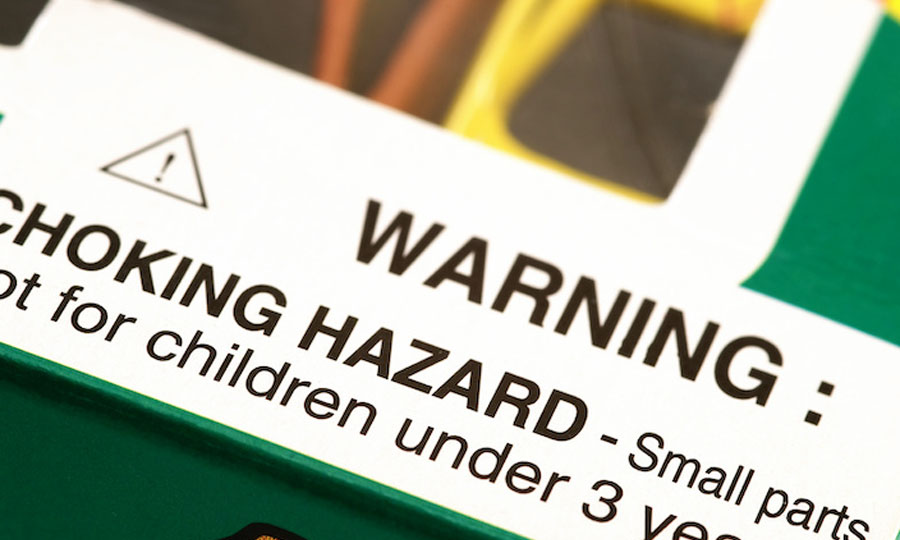
ALBANY, N.Y. – Choking hazards, loud sounds and hidden toxins are some of the dangers still lurking on toy shelves, according to a new report.
The New York Public Interest Research Group‘s 34th annual “Trouble in Toyland” report says toys have become safer in the past three decades, but some toys still on store shelves can be dangerous to children.
Hazards like lead paint or toxic chemicals are not easily identified – but Liz Moran, NYPIRG’s environmental policy director, says some dangers are easier to detect.
“Detectable dangers include toys that children could choke on or toys that are too loud, and these types of dangers are ones that parents can be on the lookout for,” says Moran.
The report, available online at ‘uspirg.org,’ identifies hazardous toys still for sale, provides tips for parents and other gift-givers, and calls on the government to adopt stronger safety standards.
In New York, the “Child Safe Product Act” – a bill regulating the use of toxic chemicals in children’s products – has passed in both houses of the State Legislature. However, Moran points out that it won’t become law until Governor Andrew Cuomo signs it.
“The governor should sign that before the holiday season,” says Moran, “to send the message to parents that New York state is doing everything in its power to make sure that the products for our children are going to be safe.”
The report says many toy “slime” products now on the market contain dangerous amounts of boron, and some children’s jewelry contains cadmium, which can cause cancer and other health problems.
Moran adds toys that have been recalled because they’re safety hazards may show up for sale on eBay or at garage sales.
“What needs to happen is more notification from the U.S. [Consumer] Product Safety Commission and manufacturers, to make sure that the public is aware a toy is being recalled, and why,” says Moran.
Other common hazards include powerful magnets that can be swallowed, and uninflated balloons, which are the primary cause of suffocation death in children.



Comments are closed.